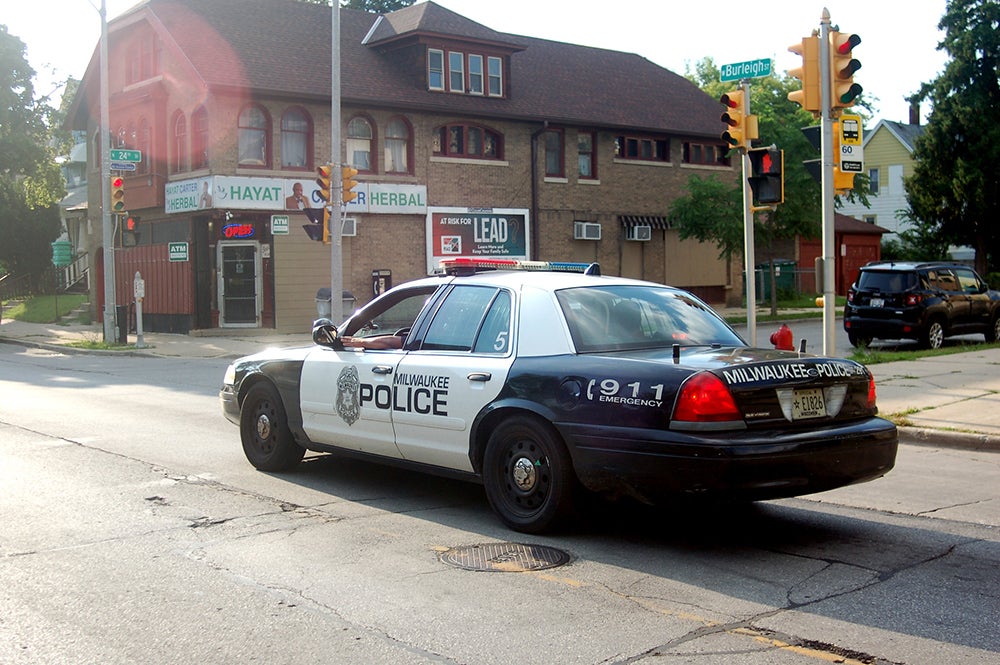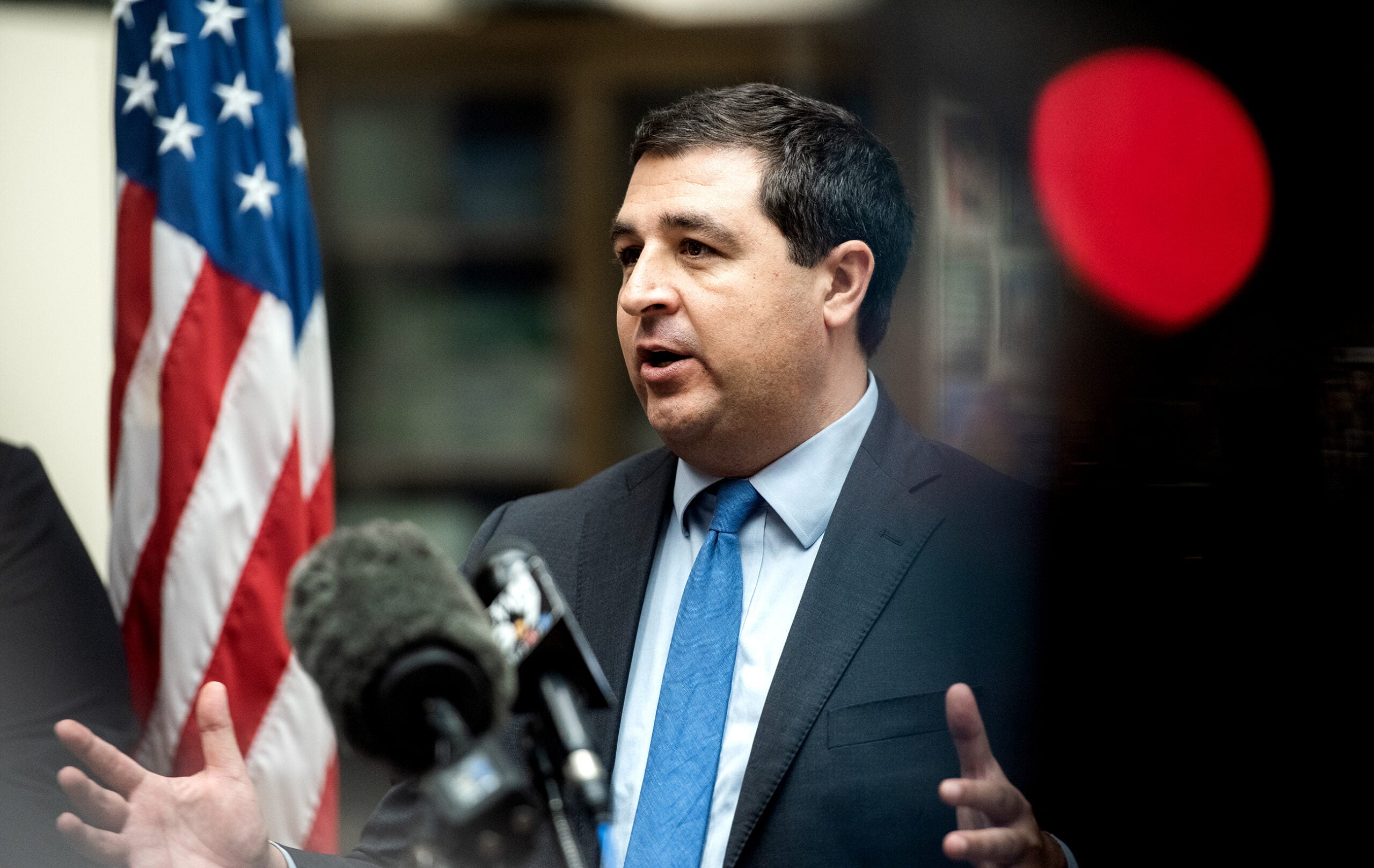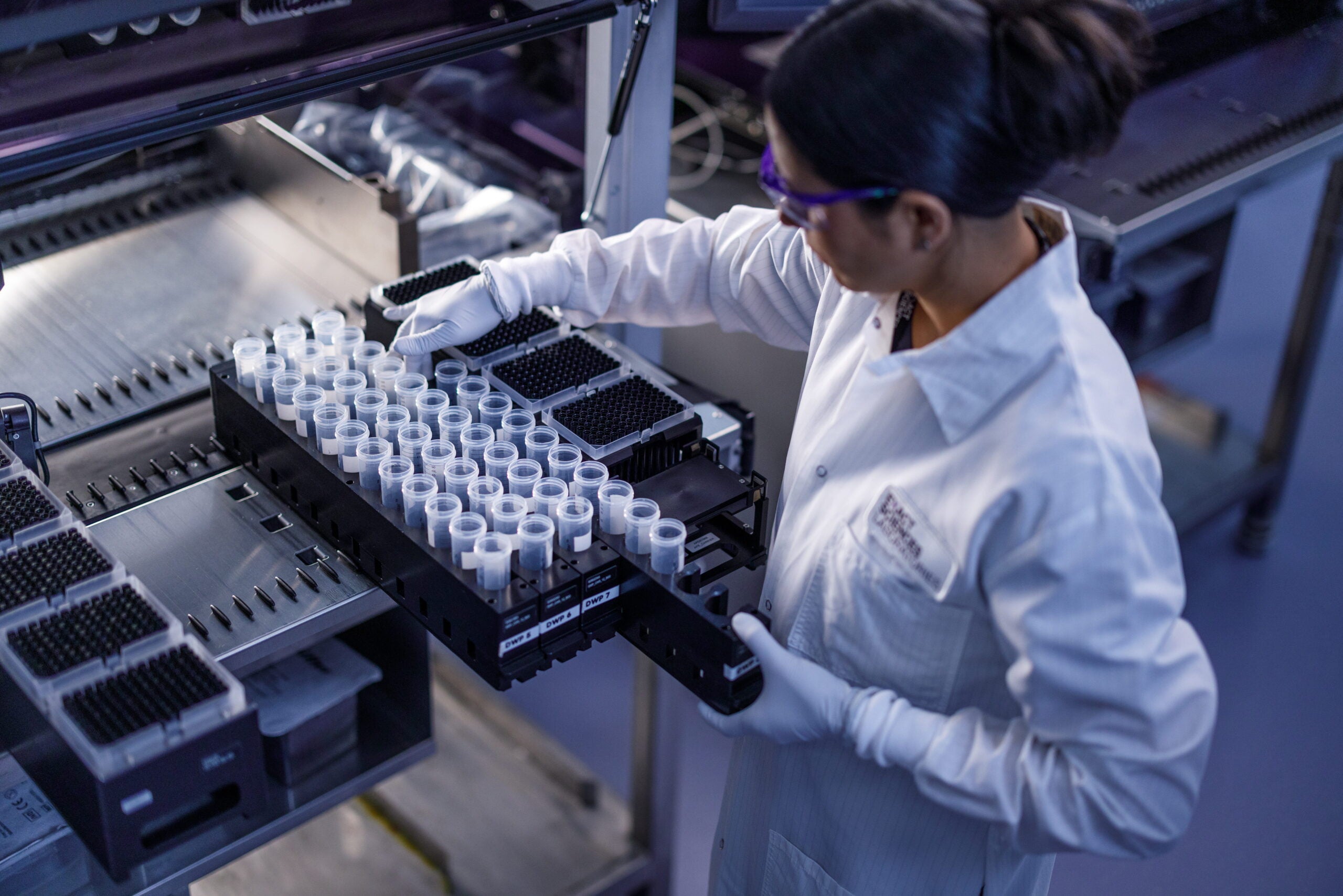Next year, Wisconsin police officers could begin drawing blood from suspects instead of having medical workers do the work, the top toxicologist at the State Laboratory of Hygiene said this week.
During an interview with Wisconsin Public Radio’s “The Morning Show,” state toxicologist Amy Miles said training and certifying police as phlebotomists would reduce the burden on busy hospitals.
“The last thing we want to do is pull those key personnel away from that job and then have them perform a legal blood draw when, really, anyone can be trained to perform a very typical legal blood draw from the arm,” Miles said.
News with a little more humanity
WPR’s “Wisconsin Today” newsletter keeps you connected to the state you love without feeling overwhelmed. No paywall. No agenda. No corporate filter.
When police suspect illegal drug or alcohol use, such as when people are driving, officers may request a blood draw or ask a judge to require it.
Wisconsin would join nearly a dozen states where officers are trained to draw blood and could learn from programs that have existed for more than 20 years, Miles said. She received advice to start small and gradually train more officers.
Training could start in the spring or summer, Miles said. Individual agencies would likely decide if officers are paid more for the certification.
Miles plans to implement a new way of testing for intoxication, too. She said a new oral fluid test would be minimally invasive and similar to a breathalyzer test. The oral fluid test would take about five minutes or less. She said officers can complete the test in their cars or at nearby stations if it’s snowing or raining.
The test would provide immediate, preliminary results. An additional blood test would provide more official results and could be introduced as evidence in court, she said.
On “The Morning Show,” Miles also discussed her new position as state toxicologist, labs collaborating to share methods and how the powerful painkiller fentanyl is affecting the state.
The following was edited for brevity and clarity.
Kate Archer Kent: What is a priority for you in this new role?
Amy Miles: The first priority is working on a project that I’ve been doing for the last few years, which is trying to align and organize forensic toxicology laboratories across the country. We’re all doing different testing, and funding is not always the same. So, I’ve been working with the Regional Toxicology Liaison Program — I’m the program manager for that — and we’re going to bring that locally. That’s exciting. It’ll be things like supporting our laboratory and the crime laboratory in their testing (and having) better data harmonization.
KAK: Why does how you run your toxicology lab need to align with how these labs work in states around the country?
AM: Laboratories within states and then between states are not doing the same testing. If you can imagine somebody that is pulled over for operating while intoxicated … their sample is going to be sent to one of several labs within the state. If we’re not all doing the same testing, they’re not going to get the same treatment that you would if we were all in alignment.
Then the problem comes throughout the country. If we’re all doing different testing and not testing for the same compounds or drugs, when we report information back to highway safety partners about what drugs we’re finding in impaired drivers or for our public health partners with fatal overdoses, we’re not telling them the whole story. They can’t tell exactly what is going on because we’re underreporting that data.

KAK: How do you keep up with new drugs circulating in communities?
AM: The fentanyl issue has become really scary and something I’ve never seen in my 25-year career. That has really changed the landscape, because where we used to know what drugs we should look for, now it’s a constant change that occurs roughly every quarter.
We’re seeing new drugs come through, and a lot of these drugs are fentanyl-based, which basically means they start with fentanyl and then they make some changes to make a different type of fentanyl drug. Sometimes, it’s far more potent. So, the chances of a fatal overdose are much greater.
To be able to do the testing for these drugs and then get information out to the community and the public … has been a real challenge. Alignment is really important.
KAK: How much time are toxicologists spending in court testifying on cases?
AM: We testify over 300 times a year, and it’s all over the state. You can imagine we’re probably out on the roads in the state testifying just as much as we’re in the laboratory doing the work. It’s a lot of time and effort, but it’s also really important, because we want to make sure that we’re providing the best information we can to those jurors and the person that has their sample sent to us.
KAK: How did COVID-19 affect your process and procedures?
AM: During COVID, while we saw a slow dip in (operating while intoxicated) arrests, it very quickly rebounded. Then with the courts being closed during that time, a lot of those cases are now being adjudicated in addition to the current caseload. So, it has been very stressful. But the state lab of hygiene forensic toxicology group is just one like none other. I’m so impressed with how hard they have worked, and they have done everything they could to just keep everything going.
KAK: How do you prioritize testing, especially when there is a surge?
AM: From the forensic toxicology side, we’ve seen a really significant increase in our death investigations, specifically with fentanyl. So, (we are) just really prioritizing those cases. We try to get them done within 30 days or less, because we know people are waiting on us to decide cause and manner of death. Then, those families need to have some sort of answer from us. We work really hard to try to get that information back out as quickly as possible.
Wisconsin Public Radio, © Copyright 2026, Board of Regents of the University of Wisconsin System and Wisconsin Educational Communications Board.





